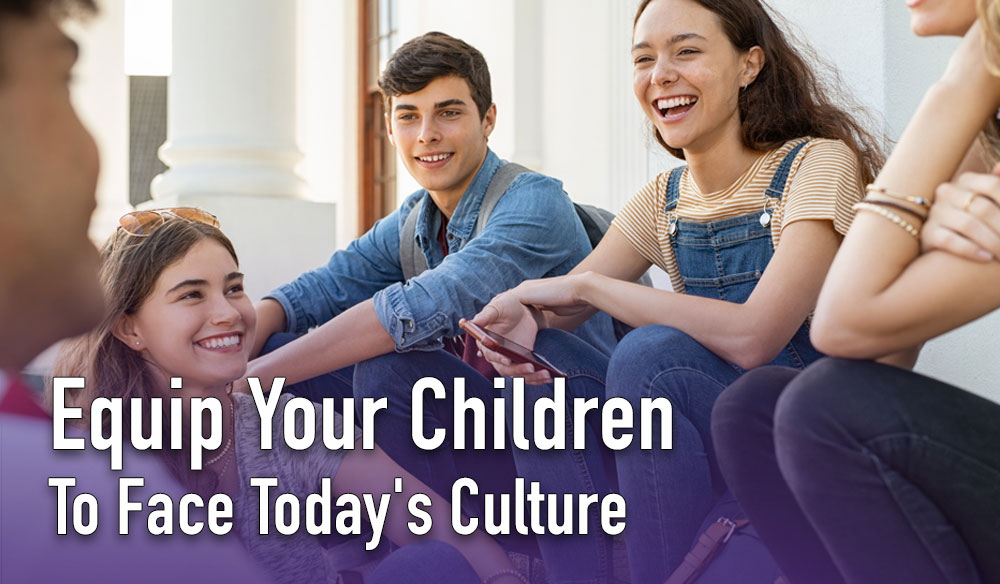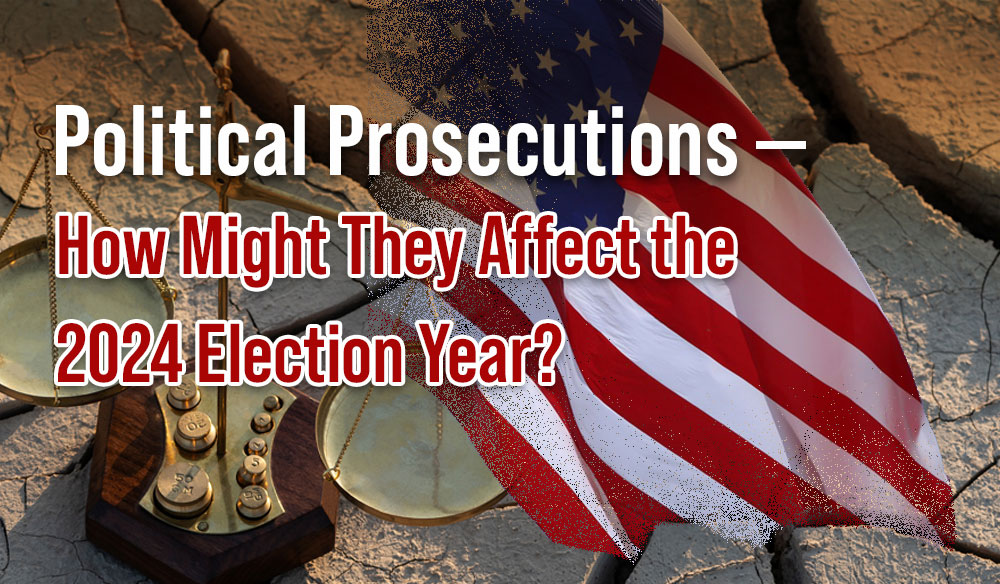Likes, Clicks & Snaps: How to Make Your Family Safer in a Hyperconnected World
It’s like a brick.
Is a brick good – or is it bad?
You’ve heard the analogy before, haven’t you? A brick can be used to build a house. Good. Or it can be used to smash a shop window amid rioting. Bad.
So, is social media good or bad?
It’s not so simple. Social media connects a grandmother with faraway grandkids- allowing her to see pictures, convey messages and feel a measure of connection – beautiful. It helps us find a quick recipe a friend posted or an encouraging meme with scripture that brightens our morning.
But that same social platform can be traced to a child being bullied into a suicide attempt. Overuse can lead to isolation, depression, and anxiety.
Whether shattering the self-esteem of a 12-year-old or warming the heart of a distant relative, one thing is sure – social media is a central connection-point of our culture – and isn’t going anywhere.
If only we could wrap our kiddos in tech-resistant bubble wrap and keep the world away – we’d like to.
We’ve got to face facts, mamas. Your kids and mine are among the first generation of digital natives. Computers, smartphones, and the internet, with a host of technological benefits and woes, have been present their entire lives.
Even if you’ve made your home a no-tech zone 24-7, it’s still important to consider these things. Kids grow up fast, and what will they do as adults if they’re unprepared with the knowledge needed to interact in this fast-paced phone-dependent culture, college, or workplace?
Best figure out how you’ll navigate the internet jungle with your kids. They face a world of likes, clicks, and snaps, so how can you make your family safer in a hyperconnected world?
Bonding Before Boundaries
Christian author Josh McDowell said, “Rules without relationship leads to rebellion.” It’s true – and worthy of consideration regarding social media in your family.
Moms, your efforts to grow and protect a thriving relationship with your tween or teen is possibly the best safeguard against online activity’s pitfalls.
Your family is a safe haven – a home base for your child, a place of safety and connection. True connection. Too much screen-time, especially in a chaotic social media culture can confuse and blur the lines of reality. When you focus on bonding before boundaries, your relationship can help keep your teen grounded.
Non-Tech Connection Points: Be a mom who is open and ready to listen. Your willingness to discuss more than dictate is crucial. You’ll have rules, but unless your teen feels safe and unjudged when discussing social media concerns with you- they won’t. Continually build up your relationship with non-tech connection points in the afternoon, dinnertime, or late evening chats. Laugh around the table over hot chocolate at a coffee shop or out doing something you both enjoy. How about a game night at home? Anybody up for Yahtzee?
Get a Lay of the Land
Here’s a brief rundown of the most popular social media platforms:
Facebook – The most prominent platform with 2.96 billion users.1 Kids generally think of it as an app for “old people” like you and me. How often do we have to tell them – We’re NOT old!
YouTube – 2.51 billion users have made this the go-to for video content. Extremely popular with all ages. 95% of teens say they use it, with 1 in 5 describing their involvement with the video streaming platform as “almost constant.” 2
Instagram – “Insta” is the hot spot for many teens and young adults – 2 billion of them. Photo-driven, it’s a quick image & video scroll through your friends’ lives.
WhatsApp – This platform is growing in popularity for its messaging capabilities, including video chat. It boasts a user population roughly the same size as Instagram’s 2 billion.3
Twitter – You couldn’t miss Twitter’s place in the news during the last year or so as Elon Musk blew the lid off censorship and partisan influences. Twitter allows you to share your latest news or thoughts in 280 characters or less. Even before the drama with the 2020 election, it was a haven for hateful comments and attacks. What will Elon do next? The word is he’s planning to unleash the length of tweets to as many as 4,000 characters.4
Snapchat – Users send each other self-destructing (temporary) “snaps” (photos). It includes avatars and video chat capability.
TikTok – A short-form video platform filled with dances, challenges, humor, rants, and general chaos, has been probably the fastest growing among all the offerings – and possibly the most dangerous.5 More about that later.
Boundaries After Bonding – Create Family Agreement:
Is it Age Appropriate? Consider what age you’ll allow your child access to social media. The best advice is to put it off as long as possible. Some wait until their child is driving to enable cell phone access, while others choose the age of 13. Whatever suits your family, make sure it’s a deliberate plan. Put some dos and don’ts in place. Don’t assume anything goes without saying.
It’s worth noting that most social media platforms don’t allow members to join until they are 13. You may know younger middle-schoolers or even elementary students who have accounts. Be aware, they had to lie to become involved on those platforms. As a mom, you’d never want to encourage your kiddo to lie just so they could get an early start in social media.
Choose Wisely. Which options will you choose if you’re saying yes to your child’s first foray into social media? It’s the wild west out there, so don’t feel like you must open the floodgates of every platform. Choose the ones you are up for becoming involved with yourself. It’s a good idea to consider your child’s desires and let them make a case for the platform they want to start with. Then you decide.
Create Rules. They should know upfront that you will have access to their passwords if they are under 18. Explain that it’s about keeping them safe.
Tell them you’ll be checking in on their accounts occasionally and that you’ll be a “friend” or “follower” or whatever the connection moniker is for that platform. Then, do just that. Check in now and then so you aren’t blindsided if things go awry. You’ll know if another user is attempting to bully your son or daughter or if inappropriate things have been posted.
As you watch your teen’s interactions online, keep things positive.
Enjoy connecting with them, and don’t embarrass them with “mom” comments.
Try not to be authoritarian. It can drive a wedge between you if your teen thinks you don’t trust them. Don’t turn into a social media cop – expecting a slip-up so you can slap on the cuffs! Remember, your teen is learning to spread their wings.
Frequent Discussions – Keep the lines of communication wide open with your child, laughing with them at funny posts. Comment on things you’ve seen online and relay good or bad stories about social media use. Again, these conversations should be casual and open. Then they’ll feel free to share when difficult online moments happen.
Get to Know Privacy Options – Walk through privacy settings with your child. Learn about them together and ensure you know your safety options. For example, some platforms, unless you block it, will give locations out in relation to your child’s posts.
Your teen may post that they are at a local hangout, reading, or working on a school assignment – and their app could be giving out the exact location. Unsafe.6
Personal protection also involves common sense choices like – don’t friend someone you don’t know. In our family, we made a rule that our teenagers couldn’t friend “online-only” people – meaning, it has to be someone they or we know from school, church, or locally. A stranger that your child “friends” online could be a fellow 15-year-old girl or a 50-year-old man.
Don’t Phub Your Kids. Phubbing is when you ignore people in your presence in favor of your phone scroll. Moms, if there’s any hope for our kids, we must model healthy tech management. You may be a sucker (like me) for hilarious puppy videos. Still, we’ve got to put down the phone and make eye contact. Value non-tech discussions, laugh together about things happening in the real world, play games (like Yahtzee), and generally live life. We should be better at this than our kids. How else will they learn?
Watch for Danger
Time & Brain Drain – A recent article on Verywellhealth.com raised concerns about the impact that TikTok is having on children. In their article “Is ‘TikTok Brain’ Affecting Kids,” Jessica Griffin, PsyD, associate professor of psychiatry and pediatrics at the University of Massachusetts Medical School, shared a dire assessment. “Although we don’t yet have longitudinal research, there is no question that TikTok affects the brain, and children’s brains are still developing into their early to mid-20s.”
That article suggested the possibility of implications in the brain development of youngsters’ prefrontal cortex – the part of the brain plays into memory, impulse control, and attention span. They explained that it is not fully developed until a person’s mid-20s.5
Self-Esteem/Anxiety/Depression – There are numerous studies on the link of social media overload to loss of sleep, depression, anxiety, and feelings of inferiority.7 There is so much data now that nobody really pushes back against this assessment. It’s just part of life. So, what can you do?
Several studies cited in Time Magazine pointed to a recommended limit of 30 – 60 minutes on social media daily. However, most recommend topping out at a half-hour. They noted a greater sense of well-being and lower depression rates.8
Does that amount of time seem low or high to you?
Consider this: Common Sense Media conducted research revealing that teens spend more than 8 hours per day on screens (streaming, gaming, social media, schoolwork, etc.) while tweens spend greater than five hours zoned out in front of tech.9
Good for Thee, But Not for Me. The documentary Social Dilemma, available on Netflix, reveals shocking truths behind the social media world from insiders. A telling revelation was that many of the kingpins, movers, and shakers behind these platforms don’t allow their own children to use social media. They don’t even think time spent on these platforms is healthy – and they created them! Food for thought.
Consider all you can do to help your tweens, teens, and young adults interact online in the healthiest way possible.
Here are some resources if you’d like to go deeper:
- “Plugged In Parent’s Guide to Today’s Technology” 10
- Parenting Generation Screen: Guiding Your Kids to Be Wise in a Digital World, Jonathan McKee 11
- “Five Biblical Principles for Social Media” 12
- “Study: TikTok Uses Its Algorithms to Harm Teens” 13
Ground them in Faith and Prayer
It’s a jungle out there, mamas. But some things will always remain true.
Be sure to ground your kids in faith by involvement in church, daily bible reading together, prayer, and other faith-building activities. They may not be excited about this all the time, but don’t be discouraged; you are planting a seed that can grow deeply rooted strength they may pull from at the right time.
When “likes” are few and social pain persists in your child’s life – God can rescue and save. Pray daily for the Lord’s wisdom, grace, and peace for each family member. Don’t be afraid; He can build strength of character and discernment beyond their years. The world is counting on us to raise this next generation of hope-filled, patriotic, and innovative Americans – despite challenges in an ever-changing world. We can do it!
10 Parent’s Guide to Technology
11Parenting Generation Screen Book
12 The Gospel Coalition Canada
***








